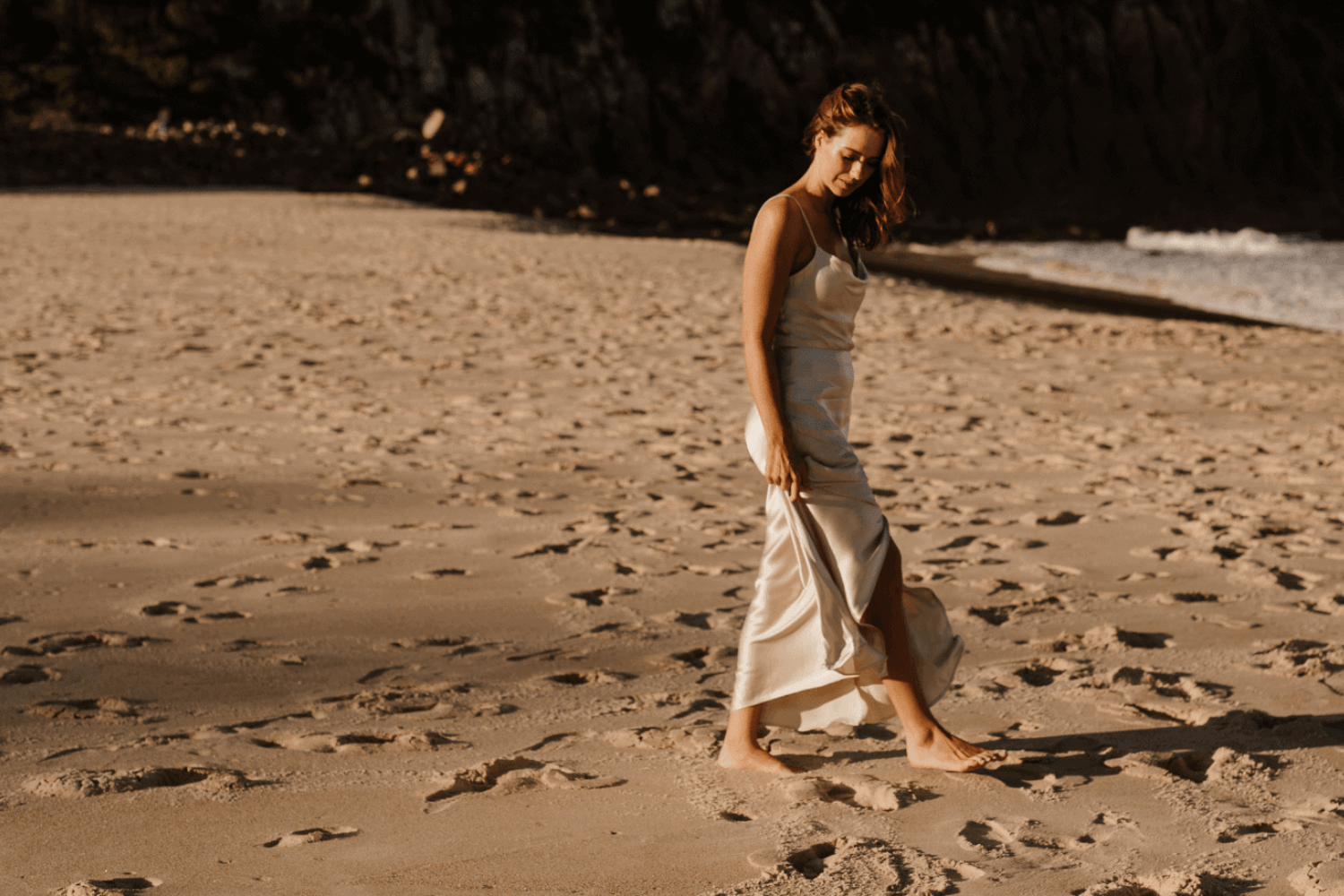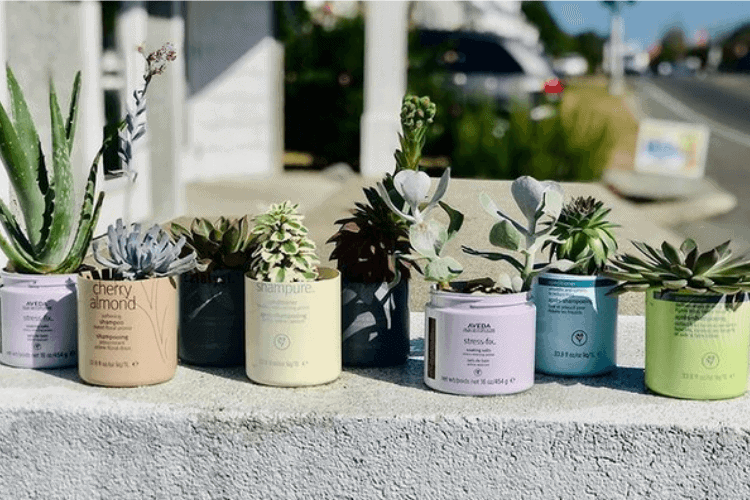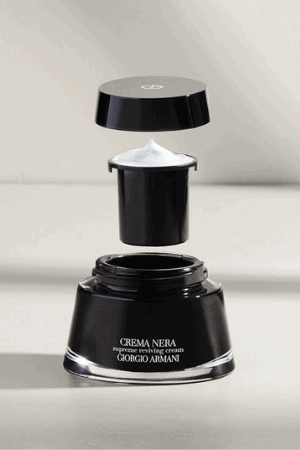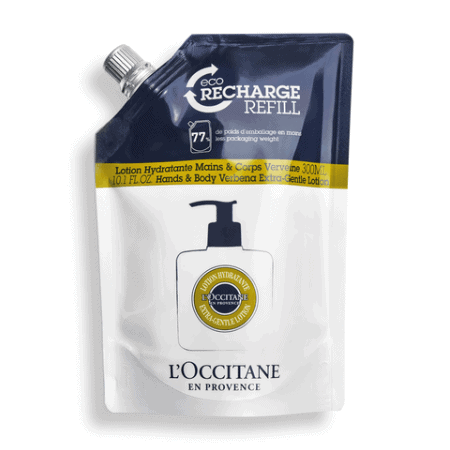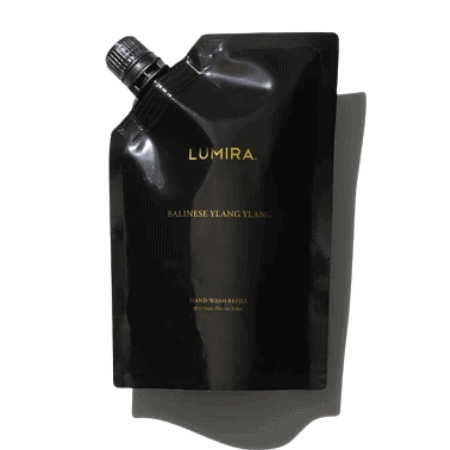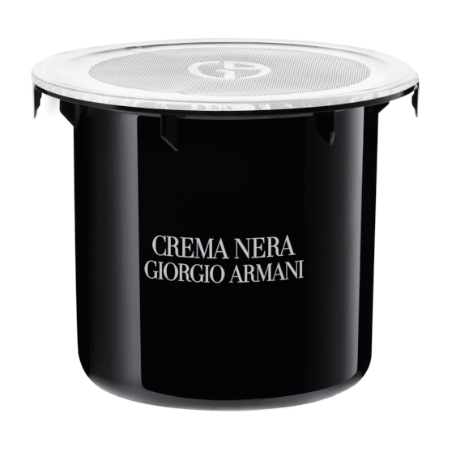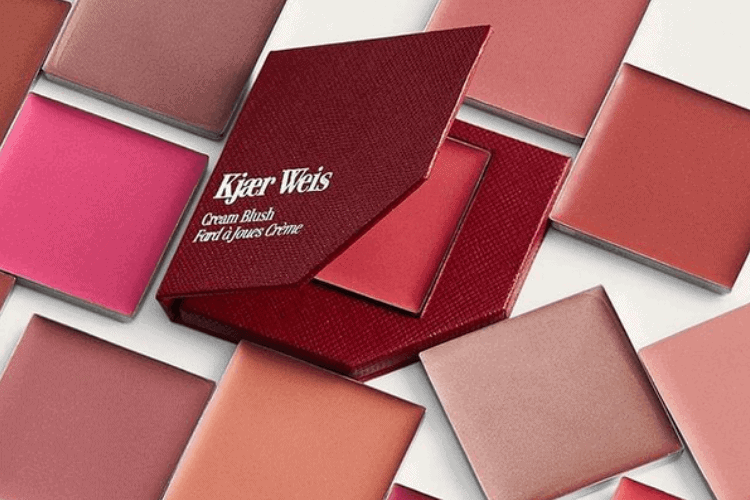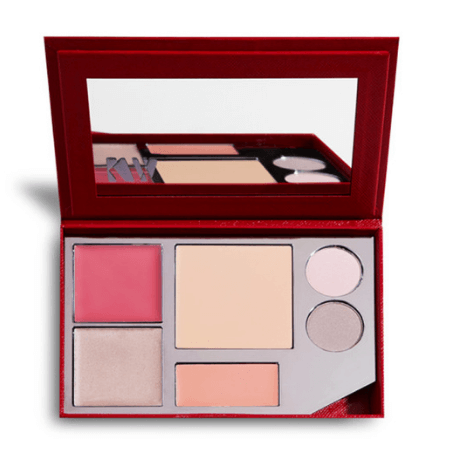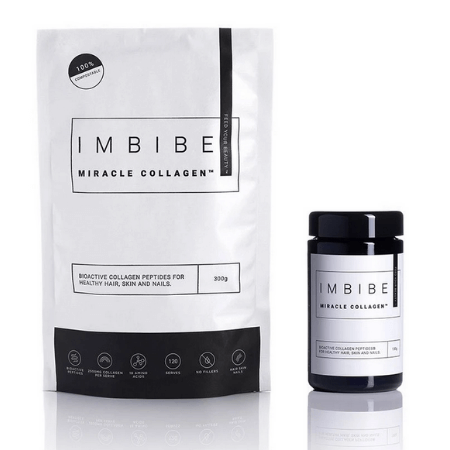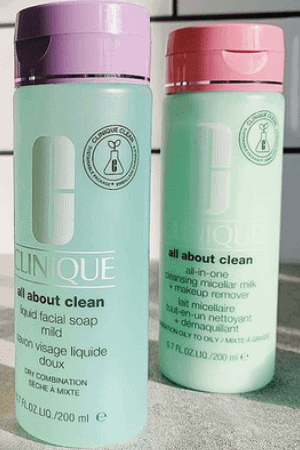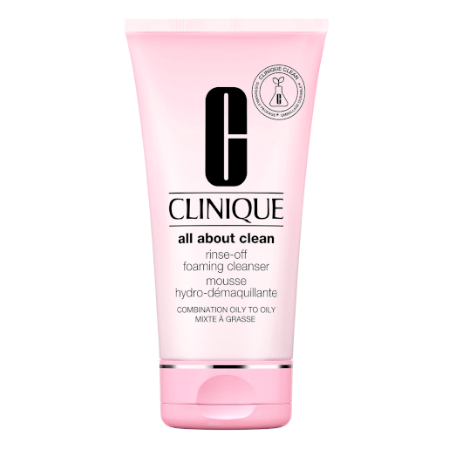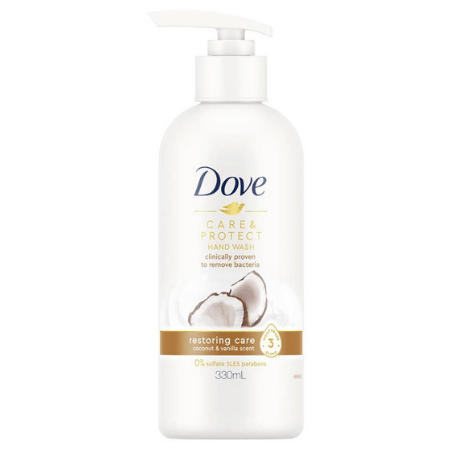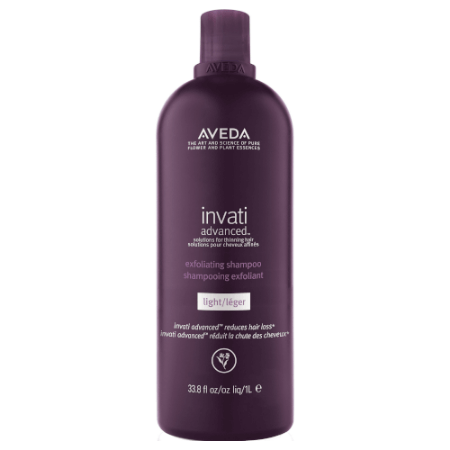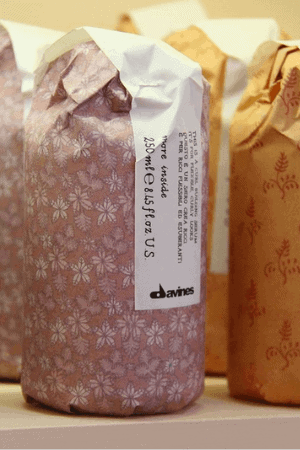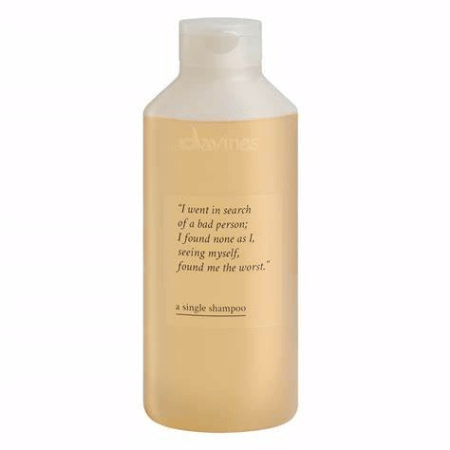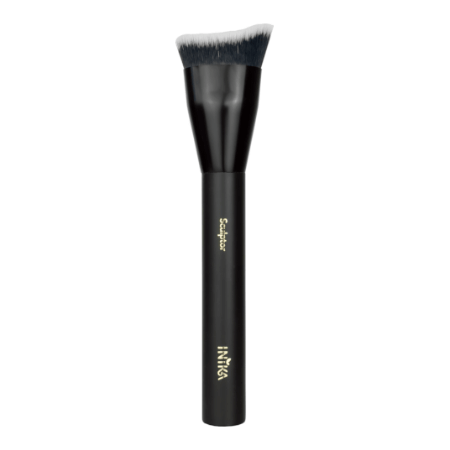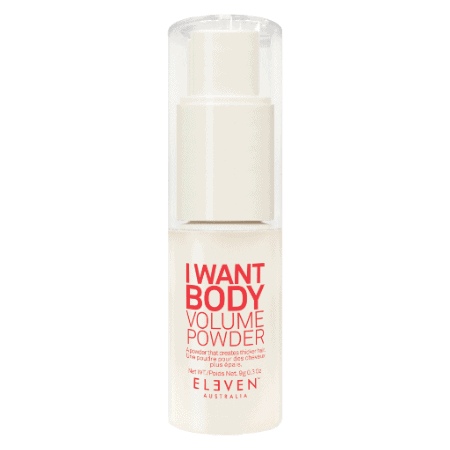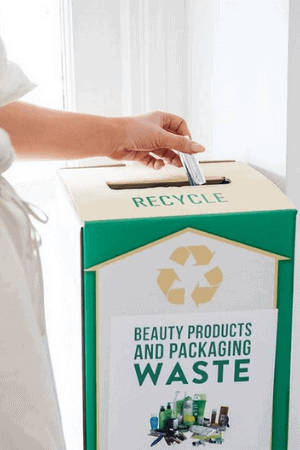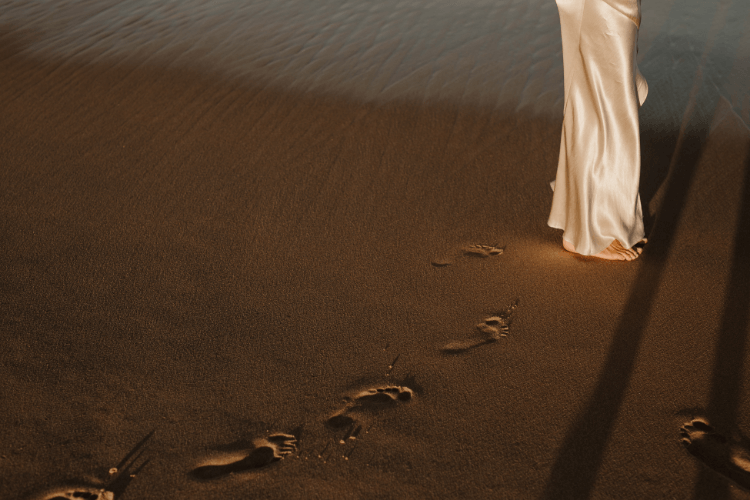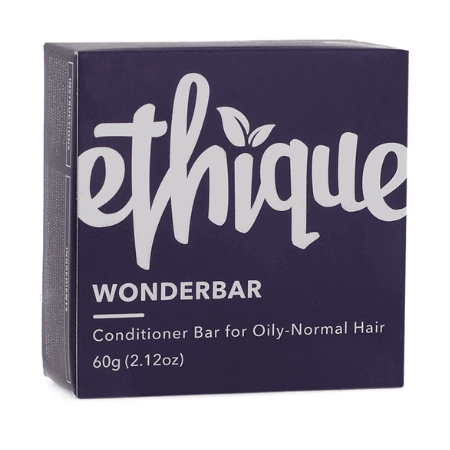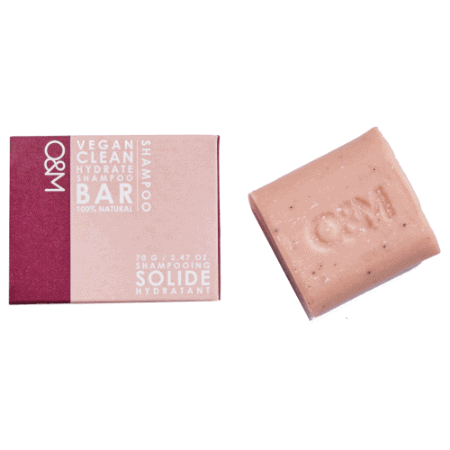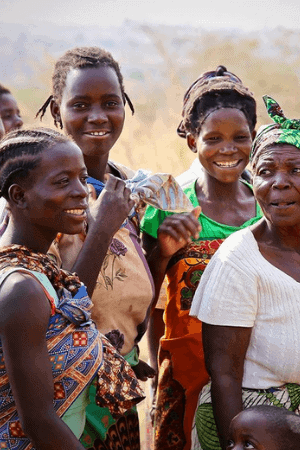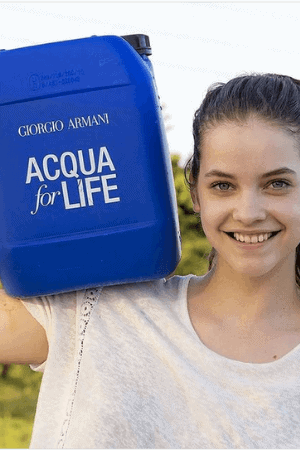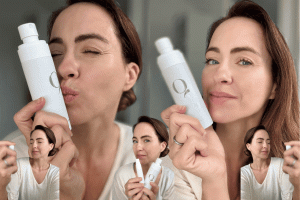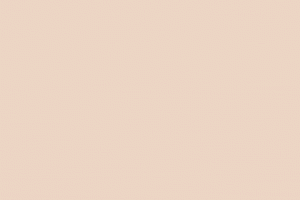The tricky thing is that many of these items can’t be recycled, either because they are made from mixed materials or include complex dispensers and compacts.
And while you might think you’re doing the right thing by throwing your empties in the recycling bin, studies have shown that only 9% of plastic actually gets recycled. The rest goes into landfill or waterways where it can take anywhere from 450 to 1,000 years to break down, or is burnt into the atmosphere (eeek!).
Then there’s the outer packaging and plastic wrap, paper and foam inserts, mirrored glass and more, sometimes all present in a single product purchase.
Not to mention the stuff inside! That can also pose a sizeable threat to the environment. Many scrubs on the market still contain polyethylene – tiny plastic beads that end up in the waterways. Researchers from The Ocean Conservancy suggest there are as many as 5 trillion pieces of microplastic in our oceans at present and that by 2050 there will be MORE PLASTIC IN THE OCEAN THAN FISH! Other chemicals that harm ocean life include commonly used Dibutyl Phthalate (DBP), triclosan, chemical sunscreens (which damage the reefs), silicones and more. Commonly used palm oil also leads to rapid deforestation, wildlife extinction and climate change. (Eds Note: We’ll do a separate story on Clean Beauty formulations!)
Distressing stuff. It set me on a path to discover and support the brands that are rethinking their packaging and actually making a difference.
What I did find was that a lot of brands are trying to make a difference, and there are some developments worth reporting, but when it comes to beauty packaging we still have some way to go.
Here – a cheat sheet of the different types of beauty packaging and the brands that are doing it best.
